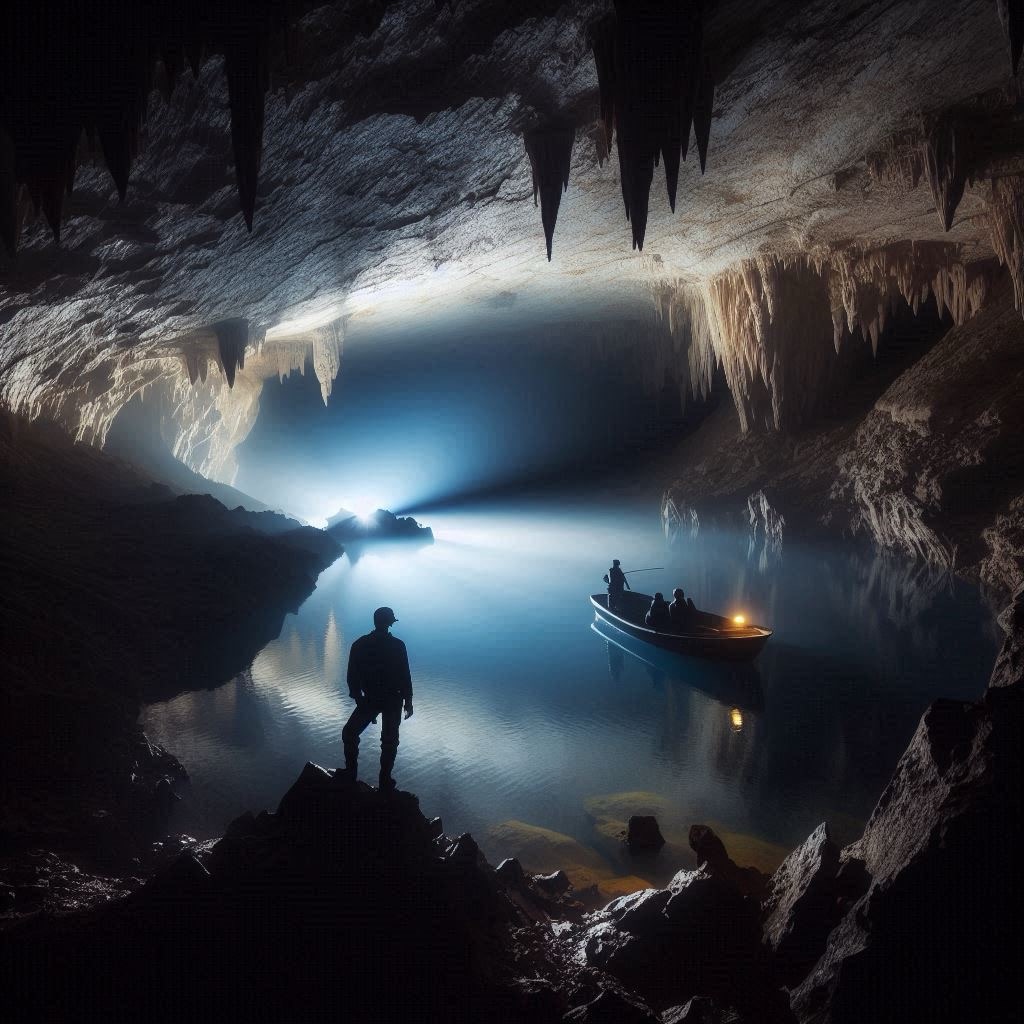An analysis of the availability and use of fresh water in the global and Italian context
Attention text traslated in english with AI CHATGPT
The following text is inspired by the booklet “The Water We Will Drink” published by the Italian Speleological Society.
“Water is the true and only medium of life. Without it, life simply cannot be sustained.” This quote from Philip Ball, author of “H2O: A Biography of Water,” highlights the vital importance of this resource.
Between 1950 and 1990, global water use more than tripled, and currently, humanity uses more than half of the available surface water.
Despite 71% of the Earth’s surface being covered by water, only 2.5% of it is fresh. Of this, 68.9% is locked in polar ice caps and glaciers, 29.9% in deep underground aquifers, and only 0.3% is available in rivers and lakes.
This amount represents just 0.008% of the planet’s total water, unevenly distributed across the Earth’s surface.
An additional 0.001% is contained in the atmosphere, a minuscule but crucial amount for the water cycle.
Water is often poorly used, poorly distributed, inadequately protected, and frequently wasted or rendered unusable.
Agriculture absorbs about 70% of available water, a percentage that rises to 93% in countries like India.
Another 22% is used for industrial and energy purposes, while only 8% is reserved for domestic use.
Water consumption varies significantly depending on lifestyle. An American citizen uses about 650 liters per day, while an Italian theoretically has 380 liters available, many of which (20-30%) are lost due to inefficiencies in the distribution network.
In Italy, regional differences are stark: a resident of Turin receives 282 liters per day, while one in Florence only 124.
In Sicily, the average is just over 100 liters, while in Tunisia it is only half that.
In the arid countries of the Sahel, daily per capita consumption rarely reaches 20 liters.
Germany represents an example of efficient water resource management, with an average consumption of just 125 liters per day, thanks to strict regulations and awareness campaigns.
In Italy, new artificial reservoirs and hydraulic works have increased supply sources, but others have been rendered unusable due to pollution and excessive withdrawals.
The demand for water is constantly increasing, making the supply problem more pressing.
Karst waters will have a fundamental importance in the future. Currently, 40% of drinking water in Italy comes from karst springs, also used for industrial and energy purposes.
A FAO projection predicts that by 2025 at least 80% of the drinking water demand in the Mediterranean area will have to be met by karst waters, a precious but not infinite resource that requires careful management to avoid pollution.
